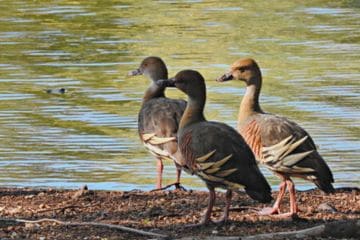
The other pandemic – protecting Australian wildlife from the avian flu
The Invasive Species Council is calling on the Australian Government to urgently prepare for the potential arrival of a deadly bird flu known as HPAI H5.

The Invasive Species Council is calling on the Australian Government to urgently prepare for the potential arrival of a deadly bird flu known as HPAI H5.

While COVID has been spreading around the world, highly pathogenic avian influenza (HPAI) has also been spreading.

The agricultural and environmental biosecurity office has had budgets slashed, biosecurity funding is on the table, the National Biosecurity Strategy is moving forward, and the Decade of Biosecurity has a new national coordinator.
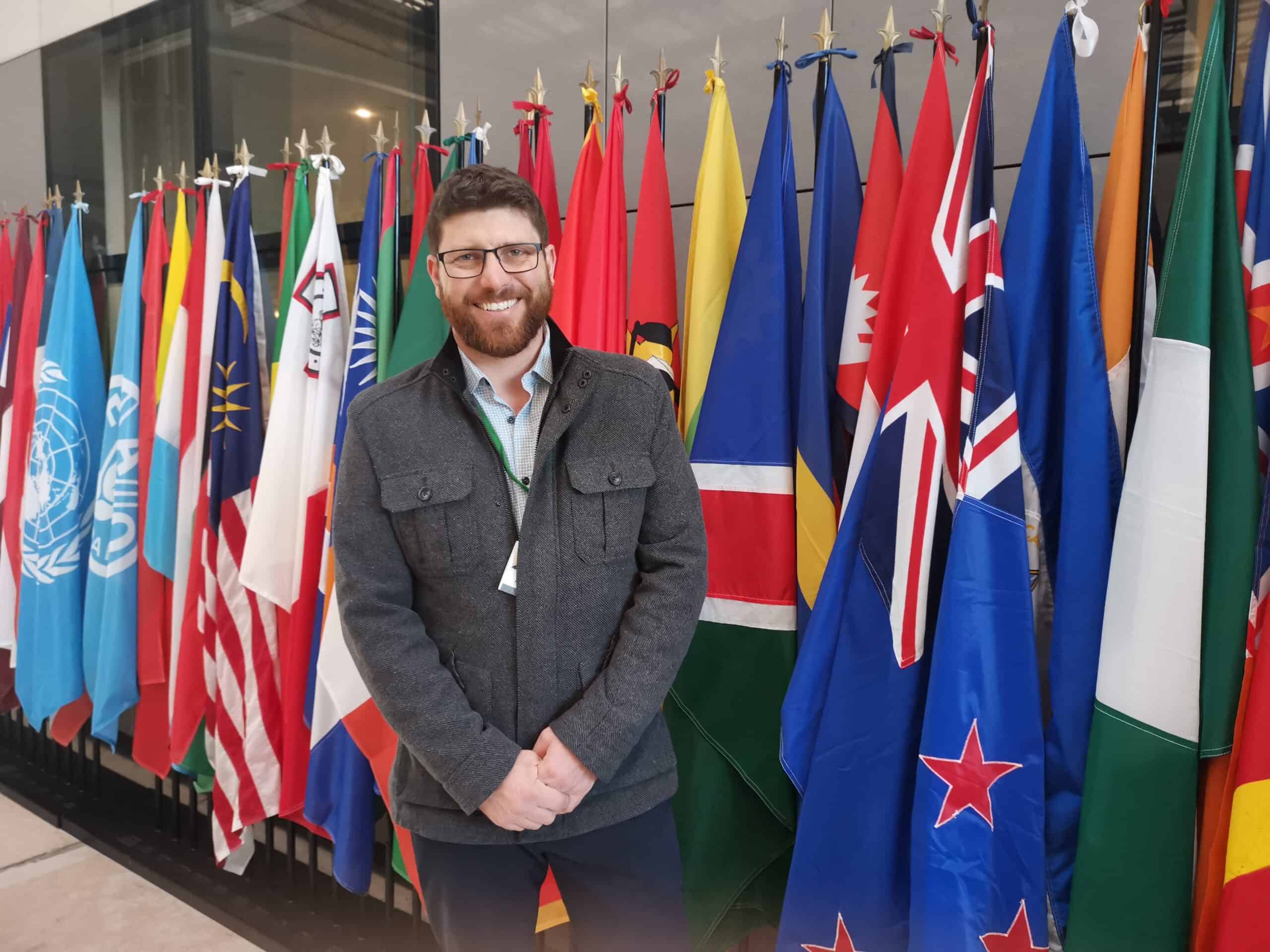
In mid-September, in response to allegations aired by a shock-jock on Sydney radio, the NSW environment minister announced a ban on all shooting operations in Kosciuszko National Park.

Australia has an urgent invasive species problem. Invasive species pose the greatest threat to our native plants and animals – even greater than climate change.
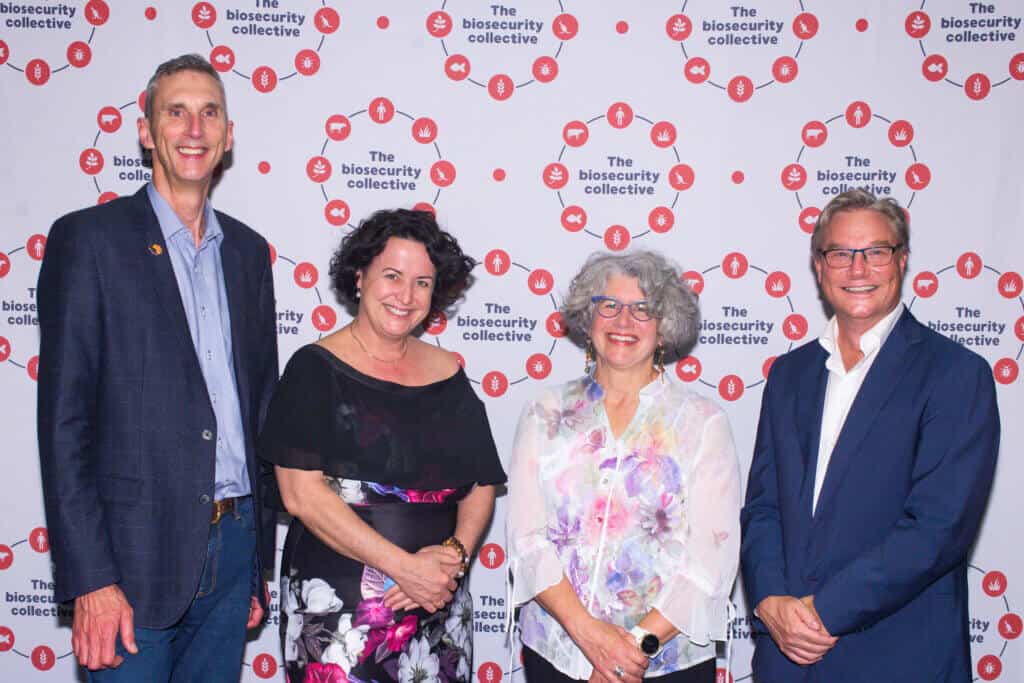
The founding partners of the Biosecurity Collective welcome today’s release of Australia’s first National Biosecurity Strategy, which marks the start of transformative change to the Australian biosecurity system.
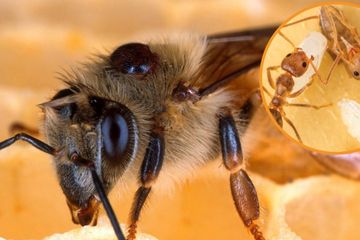
Varroa mites were detected in two of six sentinel hives at the Port of Newcastle, NSW, on 22 June. As of the latest official update on 27 July, there are now 43 known infested premises across central-eastern and north-eastern NSW.

Today’s announcement of a NSW Government $32.9 million investment in biosecurity for Lord Howe will ensure the island stays rodent free.
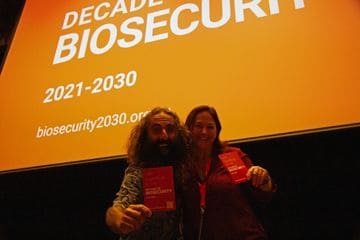
As the Invasive Species Council celebrates 20 years, a major milestone was achieved – we co-hosted Australia’s second ever Biosecurity Symposium
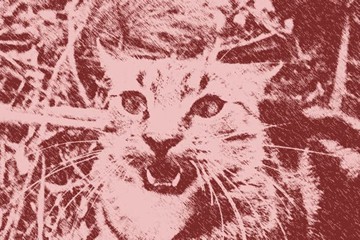
Cat-lover or not, none of us can escape the devastating impacts feral and pet cats are having on Australia’s wildlife.

There’s a federal election slated for May this year, and we have one word at the top of our priority list.
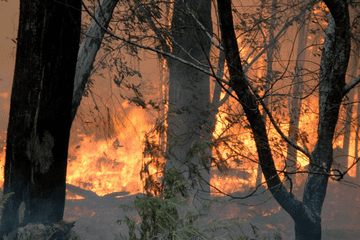
Our election guide to what needs to be done to tackle the #1 threat to our environment.

Does the promise of a zero extinction target in NSW mean native wildlife will get the protection they deserve from the impacts of feral horses?
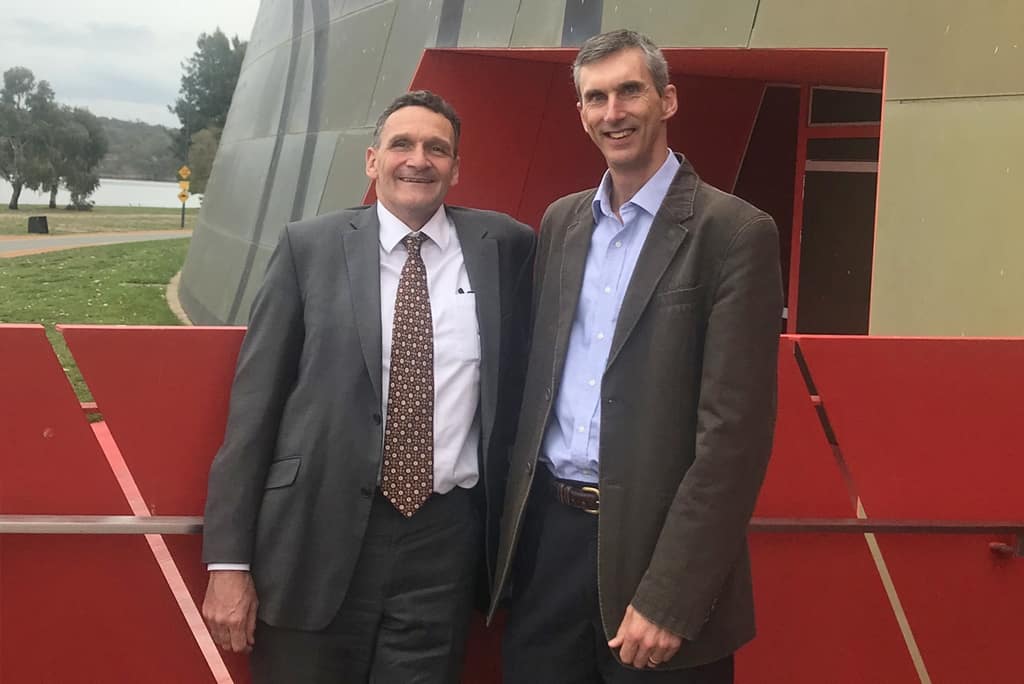
We pay tribute to Ian Thompson, Australia’s first Chief Environmental Biosecurity Officer.

National environmental laws are failing to stop species becoming extinct in Australia.

The Invasive Species Council is calling on the Australian Government to urgently prepare for the potential arrival of a deadly bird flu known as HPAI H5.

While COVID has been spreading around the world, highly pathogenic avian influenza (HPAI) has also been spreading.

The agricultural and environmental biosecurity office has had budgets slashed, biosecurity funding is on the table, the National Biosecurity Strategy is moving forward, and the Decade of Biosecurity has a new national coordinator.

In mid-September, in response to allegations aired by a shock-jock on Sydney radio, the NSW environment minister announced a ban on all shooting operations in Kosciuszko National Park.

Australia has an urgent invasive species problem. Invasive species pose the greatest threat to our native plants and animals – even greater than climate change.

The founding partners of the Biosecurity Collective welcome today’s release of Australia’s first National Biosecurity Strategy, which marks the start of transformative change to the Australian biosecurity system.

Varroa mites were detected in two of six sentinel hives at the Port of Newcastle, NSW, on 22 June. As of the latest official update on 27 July, there are now 43 known infested premises across central-eastern and north-eastern NSW.

Today’s announcement of a NSW Government $32.9 million investment in biosecurity for Lord Howe will ensure the island stays rodent free.

As the Invasive Species Council celebrates 20 years, a major milestone was achieved – we co-hosted Australia’s second ever Biosecurity Symposium

Cat-lover or not, none of us can escape the devastating impacts feral and pet cats are having on Australia’s wildlife.

There’s a federal election slated for May this year, and we have one word at the top of our priority list.

Our election guide to what needs to be done to tackle the #1 threat to our environment.

Does the promise of a zero extinction target in NSW mean native wildlife will get the protection they deserve from the impacts of feral horses?

We pay tribute to Ian Thompson, Australia’s first Chief Environmental Biosecurity Officer.

National environmental laws are failing to stop species becoming extinct in Australia.

The Invasive Species Council is calling on the Australian Government to urgently prepare for the potential arrival of a deadly bird flu known as HPAI H5.

While COVID has been spreading around the world, highly pathogenic avian influenza (HPAI) has also been spreading.

The agricultural and environmental biosecurity office has had budgets slashed, biosecurity funding is on the table, the National Biosecurity Strategy is moving forward, and the Decade of Biosecurity has a new national coordinator.

In mid-September, in response to allegations aired by a shock-jock on Sydney radio, the NSW environment minister announced a ban on all shooting operations in Kosciuszko National Park.

Australia has an urgent invasive species problem. Invasive species pose the greatest threat to our native plants and animals – even greater than climate change.

The founding partners of the Biosecurity Collective welcome today’s release of Australia’s first National Biosecurity Strategy, which marks the start of transformative change to the Australian biosecurity system.

Varroa mites were detected in two of six sentinel hives at the Port of Newcastle, NSW, on 22 June. As of the latest official update on 27 July, there are now 43 known infested premises across central-eastern and north-eastern NSW.

Today’s announcement of a NSW Government $32.9 million investment in biosecurity for Lord Howe will ensure the island stays rodent free.

As the Invasive Species Council celebrates 20 years, a major milestone was achieved – we co-hosted Australia’s second ever Biosecurity Symposium

Cat-lover or not, none of us can escape the devastating impacts feral and pet cats are having on Australia’s wildlife.

There’s a federal election slated for May this year, and we have one word at the top of our priority list.

Our election guide to what needs to be done to tackle the #1 threat to our environment.

Does the promise of a zero extinction target in NSW mean native wildlife will get the protection they deserve from the impacts of feral horses?

We pay tribute to Ian Thompson, Australia’s first Chief Environmental Biosecurity Officer.

National environmental laws are failing to stop species becoming extinct in Australia.
Get our blog the Feral Herald delivered to your inbox.
Our protected areas are being trashed, trampled, choked and polluted by an onslaught of invaders. Invasive species are already the overwhelming driver of our animal extinction rate, and are expected to cause 75 of the next 100 extinctions.
But you can help to turn this around and create a wildlife revival in Australia.
From numbats to night parrots, a tax-deductible donation today can help defend our wildlife against the threat of invasive weeds, predators, and diseases.
As the only national advocacy environment group dedicated to stopping this mega threat, your gift will make a big difference.
A silent crisis is unfolding across Australia. Every year, billions of native animals are hunted and killed by cats and foxes. Fire ants continue to spread and threaten human health. And the deadly strain of bird flu looms on the horizon. Your donation today will be used to put the invasive species threat in the media, make invasive species a government priority, ensure governments take rapid action to protect nature and our remarkable native wildlife from invasives-led extinction, death and destruction.
If you are having trouble submitting a form, please read this guide.
Please fill out the following form and one of our team will be in contact to assist as soon as possible. Please make sure to include any helpful information, such as the device you were using (computer, tablet or mobile phone) and if known, your browser (Mozilla Firefox, Chrome, Safari etc)
"*" indicates required fields
Dear Project Team,
[YOUR PERSONALISED MESSAGE WILL APPEAR HERE.]
I support the amendment to the Kosciuszko National Park Wild Horse Heritage Management Plan to allow our incredible National Parks staff to use aerial shooting as one method to rapidly reduce feral horse numbers. I want to see feral horse numbers urgently reduced in order to save the national park and our native wildlife that live there.
The current approach is not solving the problem. Feral horse numbers have rapidly increased in Kosciuszko National Park to around 18,000, a 30% jump in just the past 2 years. With the population so high, thousands of feral horses need to be removed annually to reduce numbers and stop our National Park becoming a horse paddock. Aerial shooting, undertaken humanely and safely by professionals using standard protocols, is the only way this can happen.
The government’s own management plan for feral horses states that ‘if undertaken in accordance with best practice, aerial shooting can have the lowest negative animal welfare impacts of all lethal control methods’.
This humane and effective practice is already used across Australia to manage hundreds of thousands of feral animals like horses, deer, pigs, and goats.
Trapping and rehoming of feral horses has been used in Kosciuszko National Park for well over a decade but has consistently failed to reduce the population, has delayed meaningful action and is expensive. There are too many feral horses in the Alps and not enough demand for rehoming for it to be relied upon for the reduction of the population.
Fertility control as a management tool is only effective for a small, geographically isolated, and accessible population of feral horses where the management outcome sought is to maintain the population at its current size. It is not a viable option to reduce the large and growing feral horse population in the vast and rugged terrain of Kosciuszko National Park.
Feral horses are trashing and trampling our sensitive alpine ecosystems and streams, causing the decline and extinction of native animals. The federal government’s Threatened Species Scientific Committee has stated that feral horses ‘may be the crucial factor that causes final extinction’ for 12 alpine species.
I recognise the sad reality that urgent and humane measures are necessary to urgently remove the horses or they will destroy the Snowies and the native wildlife that call the mountains home. I support a healthy national park where native species like the Corroboree Frog and Mountain Pygmy Possum can thrive.
Dear Project Team,
[YOUR PERSONALISED MESSAGE WILL APPEAR HERE.]
I support the amendment to the Kosciuszko National Park Wild Horse Heritage Management Plan to allow our incredible National Parks staff to use aerial shooting as one method to rapidly reduce feral horse numbers. I want to see feral horse numbers urgently reduced in order to save the national park and our native wildlife that live there.
The current approach is not solving the problem. Feral horse numbers have rapidly increased in Kosciuszko National Park to around 18,000, a 30% jump in just the past 2 years. With the population so high, thousands of feral horses need to be removed annually to reduce numbers and stop our National Park becoming a horse paddock. Aerial shooting, undertaken humanely and safely by professionals using standard protocols, is the only way this can happen.
The government’s own management plan for feral horses states that ‘if undertaken in accordance with best practice, aerial shooting can have the lowest negative animal welfare impacts of all lethal control methods’.
This humane and effective practice is already used across Australia to manage hundreds of thousands of feral animals like horses, deer, pigs, and goats.
Trapping and rehoming of feral horses has been used in Kosciuszko National Park for well over a decade but has consistently failed to reduce the population, has delayed meaningful action and is expensive. There are too many feral horses in the Alps and not enough demand for rehoming for it to be relied upon for the reduction of the population.
Fertility control as a management tool is only effective for a small, geographically isolated, and accessible population of feral horses where the management outcome sought is to maintain the population at its current size. It is not a viable option to reduce the large and growing feral horse population in the vast and rugged terrain of Kosciuszko National Park.
Feral horses are trashing and trampling our sensitive alpine ecosystems and streams, causing the decline and extinction of native animals. The federal government’s Threatened Species Scientific Committee has stated that feral horses ‘may be the crucial factor that causes final extinction’ for 12 alpine species.
I recognise the sad reality that urgent and humane measures are necessary to urgently remove the horses or they will destroy the Snowies and the native wildlife that call the mountains home. I support a healthy national park where native species like the Corroboree Frog and Mountain Pygmy Possum can thrive.